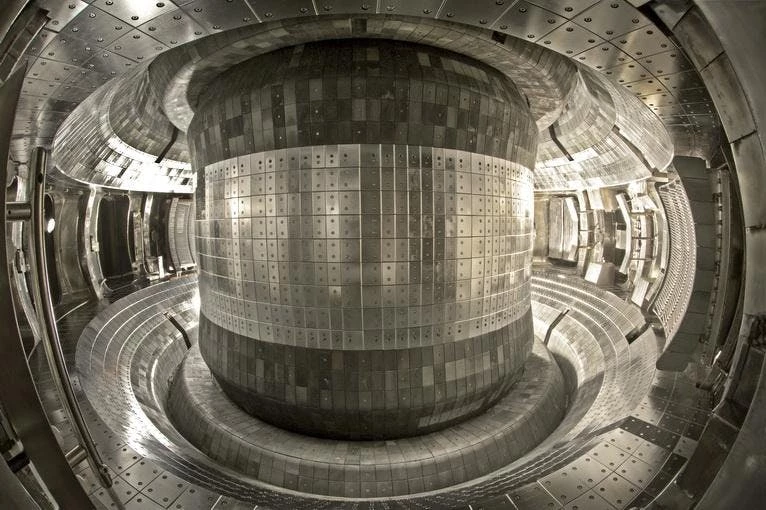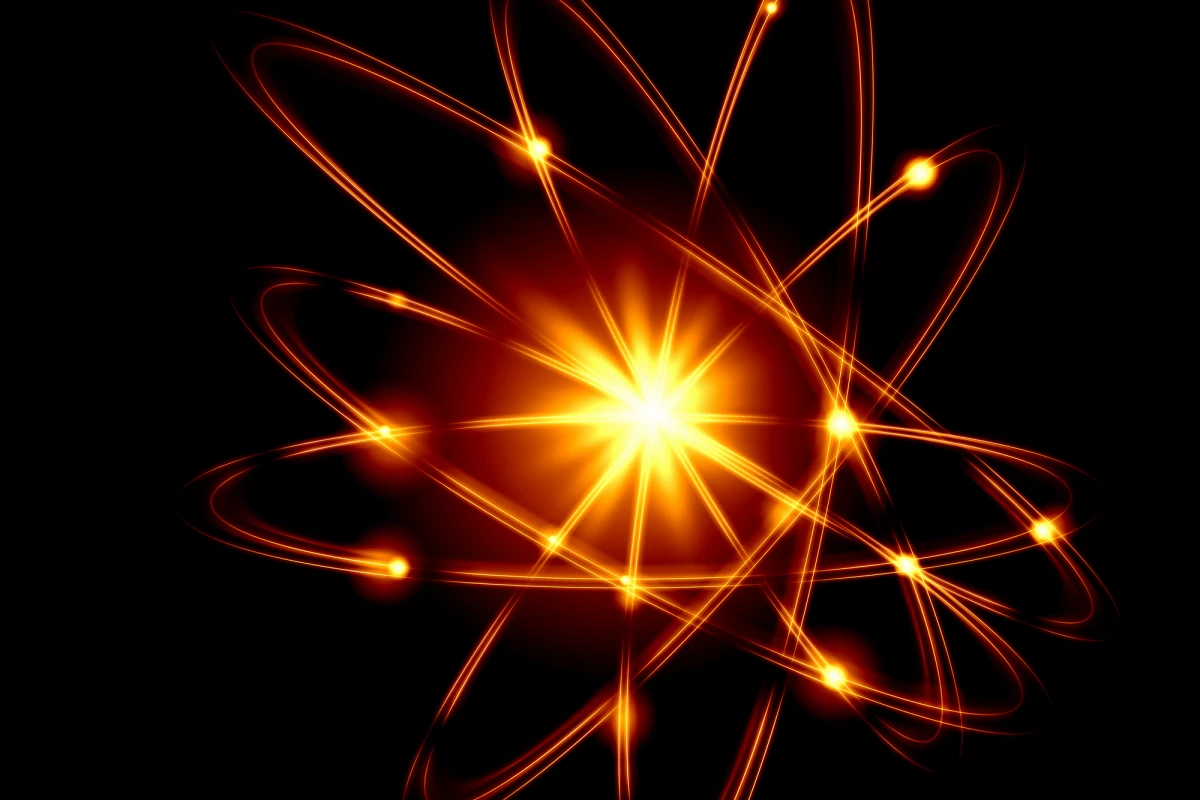China's Experimental Advanced Superconducting Tokamak (EAST) is one of a number of promising nuclear fusion research devices in operation around the world, and over the past few years we've seen it take some impressive steps forward. Chinese state media is now reporting that scientists working on the project have achieved a new world record by holding plasma of 120 million degrees Celsius for 101 seconds in their latest round of experiments, edging closer to the long-pursued goal of clean and limitless energy.
The idea behind nuclear fusion research is to recreate the process that the Sun uses to produce monumental amounts of energy, where intense heat and pressure combine to produce plasma in which atomic nuclei fuse at incredible velocities. Scientists are working with a range of experimental devices to trigger and study these reactions here on Earth, but experts consider donut-shaped tokamaks, like the EAST at China's Hefei Institutes of Physical Science of the Chinese Academy of Sciences, the most promising approach.
This metal torus features a series of magnetic coils designed to hold superheated streams of hydrogen plasma in place for long enough for the reactions to occur. In 2016, we saw scientists at EAST manage to heat hydrogen plasma to around 50 million °C (90 million °F) and sustain it for 102 seconds. The team then upped the ante to 100 million °C (180 million °F), more than six times hotter than the Sun's core, in 2018, holding it there for around 10 seconds.

The latest round of experiments mark another step forward for the researchers. According to the state-run Xinhua News Agency, they have set a new record of 120 million °C (216 million °F) for heated plasma, and sustaining it for 101 seconds. In separate experiments, the "artificial Sun," as it is called, heated plasma to 160 million °C (288 million °F) for 20 seconds. Ultimately, the publicly stated goal of EAST is to hold plasma at around 100 million °C for more than 1,000 seconds, or around 17 minutes.
These kinds of experiments aren't designed to generate usable electricity, but to advance the field of nuclear fusion physics for next-generation devices like ITER, which will be the world's largest nuclear fusion reactor when completed in 2025. Like EAST, experiments on Korea's KSTAR reactor, which itself set a world record by maintaining plasma at over 100 million °C for 20 seconds last year, will inform the development of ITER, which is expected to begin full operation in 2035.
Source: Xinhua




